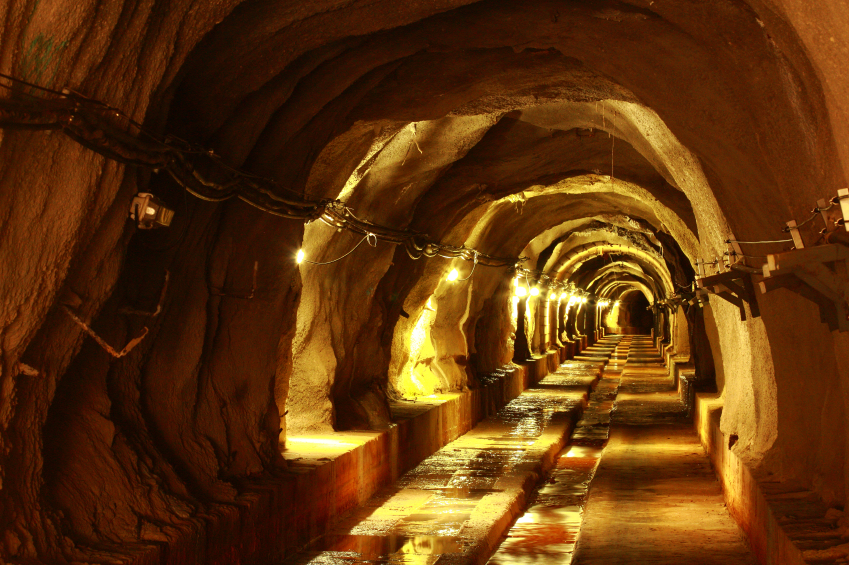Miner Operator Safety: What Every Miner Should Know
Miner Operator Safety: What Every Miner Should Know
One of the most dangerous jobs for an underground miner operator is running a cumbersome piece of heavy equipment, known as a continuous miner (CM). With a large rotating drum equipped with coal cutting “teeth”, simply being in close proximity to these machines puts their operators at risk. These operators are also exposed to the dangers typically associated with mining, such as restricted and poorly ventilated workspaces and reduced visibility, which can hinder response time in recognizing and avoiding hazards.
Let’s take a closer look at two of the hazards miners need to be aware of when dealing with miner operator safety:
1) Safety positions when operating continuous mining machinery;
2) Black lung disease from restricted and poorly ventilated shafts.
Continuous Machinery Operation
A study done by the Centre for Disease Control and Prevention (CDC) showed that operators predominantly chose locations that gave them the best view for their work. The clearest views were found from the operators post on haulage vehicles and at the center line of the machine, at the back. The areas with the greatest visual restrictions were the left edge of the cutting drum and the floor at the front of the machine.
The safest positions were found to be those furthest away from the machine, underneath a supported roof, locations with access to fresh air, and areas clear from any tripping hazards or haulage equipment. The two positions that were identified as best fulfilling these requirements were at the right of the drum and just near the cutting head bits of haulage vehicles. However, the operators only used these two locations 30% of the time; offering a limited view of the machine, these positions make it tempting for the operator to move closer in order to operate the machine without restriction.
Having a good field of view in order to operate the machinery at maximum efficiency is important; however, operators should always consider their safety first. According to the Mine Safety and Health Administration (MSHA), 4% of total mining accidents occur during continuous mining machine operations. These accidents are preventable and with proper training can be reduced.
Understanding Black Lung Disease
Another area of concern is the medical condition known as Pneumoconiosis or Black Lung Disease. Black Lung cannot be cured, but it can be prevented. Essentially, there are two levels of this disease:
- Coal Workers’ Pneumoconiosis (CWP)
- Progressive Massive Fibrosis (PMF)
In both cases, the lung is damaged through the persistent inhalation of coal dust. Because of inhaling the dust, the air sacs can become inflamed. This leads to tissue scarring and difficulty breathing. The most common symptoms of either type of Pneumoconiosis are persistent coughing and shortness of breath. The proper way to diagnose the condition is with a chest X-ray or pulmonary function tests administered by a healthcare professional. Some mines offer free chest x-rays, a program that all workers should take advantage of, as detecting early signs of lung disease can go a long way towards halting the progress.
There are treatments available to moderate the symptoms of Black Lung, but this condition can never be cured; once the lungs are damaged, the effects cannot be reversed.
Preventive Measures
The first line of defense against Black Lung Disease is for miners to utilize a proper respirator mask. The mask should fit securely over the face, be kept clean, and be used anytime the worker is in the mine. There are additional measures that can be put into practice to minimize the chances of developing the condition.
Consider the following:
- Any time coal dust comes in contact with skin, it should be washed off with soap and water as quickly as possible;
- Work clothes covered with coal dust should be removed in a safe removal room at the end of shift. Whoever is doing the laundry will also need to be cautious.
- After handling coal dust, hands and forearms should be wash before meals, going to the bathroom, taking a smoke break or ingesting any medication;
- Avoid eating, drinking or smoking in any work area that has coal dust present.
Being Aware
Beyond the preventive measures, there are other points that should always be checked off of safety checklists for miner operators. For instance, at the beginning of a shift, the respiratory dust controls should be examined to make sure they are in proper working order. Workers should be familiar with the dust scrubber and whether or not it has received the proper upkeep and maintenance. Ensuring that all water sprays are functioning at peak performance levels and being aware of the dust sampling results of their work areas are also important safety precautions mine workers should take. Don’t take your safety for granted and always be aware.


